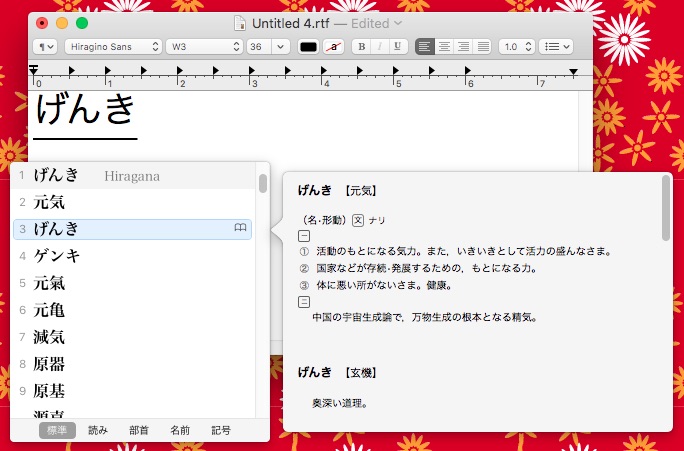Mac OS 8 で削除。 等幅明朝: 等幅ゴシックの明朝体版。 ヒラギノ角ゴ Pro W3: Mac OS X 10.0(2001年)で追加された字游工房作成フォント。京都の柊野(ひらぎの)に由来。 ヒラギノ明朝 Pro W3: 角ゴの明朝体版。 ヒラギノ角ゴ ProN W3: Mac OS X 10.5(2006年)で追加。Proが「JIS90. Thursday, July 13, 1939 MOKIN, PA. THURSDAY, JULY 13, 1039 Screen ami Stage Personalities - Current Attractions at Local Theatres d Fill Killer's Warning Appear in Local Film SCREEN CHATS By PAUL.
-->About this sample
Scenario
You have a daemon application and you want it to consume Microsoft Graph or your own Web Api using Microsoft Identity Platform to acquire tokens.
Structure of the repository
This repository contains a progressive tutorial made of two parts:
| Sub folder | Description |
|---|---|
| 1-Call-Graph | This sample application shows how to use the Microsoft identity platform endpoint to access the data of Microsoft business customers in a long-running, non-interactive process. It uses the OAuth 2 client credentials grant to acquire an access token, which can be used to call the Microsoft Graph and access organizational data |
| 2-Call-OwnApi | This sample application shows how to use the Microsoft identity platform to access the data from a protected Web API, in a non-interactive process. It uses the OAuth 2 client credentials grant to acquire an access token, which is then used to call the Web API. Additionally, it lays down all the steps developers need to take to secure their Web APIs with the Microsoft identity platform. |
| 3-Using-KeyVault | This documentation explains how to integrate Key Vault and MSI with a daemon application. Additionally, it has a code snippet on how to get an access token for Key Vault. |
How to run this sample
To run this sample, you'll need:
- Visual Studio 2019 or just the .NET Core SDK
- An Internet connection
- A Windows machine (necessary if you want to run the app on Windows)
- An OS X machine (necessary if you want to run the app on Mac)
- A Linux machine (necessary if you want to run the app on Linux)
- An Azure Active Directory (Azure AD) tenant. For more information on how to get an Azure AD tenant, see How to get an Azure AD tenant
- A user account in your Azure AD tenant. This sample will not work with a Microsoft account (formerly Windows Live account). Therefore, if you signed in to the Azure portal with a Microsoft account and have never created a user account in your directory before, you need to do that now.
Step 1: Clone or download this repository
From your shell or command line:
or download and exact the repository .zip file.
Given that the name of the sample is pretty long, and so are the name of the referenced NuGet packages, you might want to clone it in a folder close to the root of your hard drive, to avoid file size limitations on Windows.
Community Help and Support

Use Stack Overflow to get support from the community.Ask your questions on Stack Overflow first and browse existing issues to see if someone has asked your question before.Make sure that your questions or comments are tagged with [msaldotnet].
If you find a bug in the sample, please raise the issue on GitHub Issues.
If you find a bug in msal.Net, please raise the issue on MSAL.NET GitHub Issues.
To provide a recommendation, visit the following User Voice page.
Contributing
J.a.p. Mac Os 11
If you'd like to contribute to this sample, see CONTRIBUTING.MD.
This project has adopted the Microsoft Open Source Code of Conduct. For more information, see the Code of Conduct FAQ or contact opencode@microsoft.com with any additional questions or comments.
More information
For more information, see MSAL.NET's conceptual documentation:
J.a.p. Mac Os X
For more information about the underlying protocol:
J.a.p. Mac Os Download
For a more complex multi-tenant Web app daemon application, see active-directory-dotnet-daemon-v2

